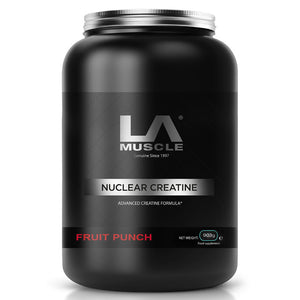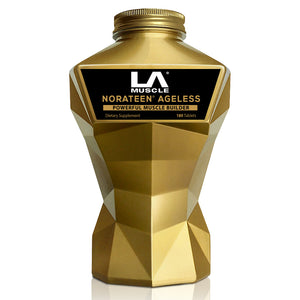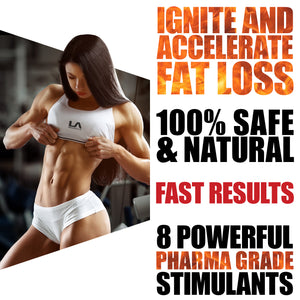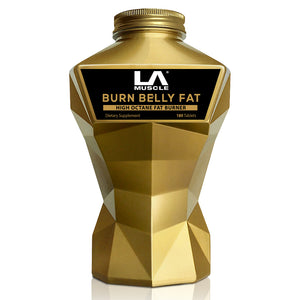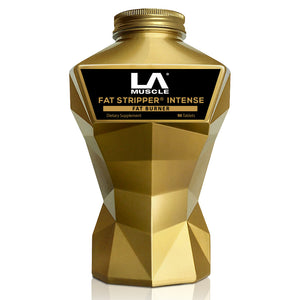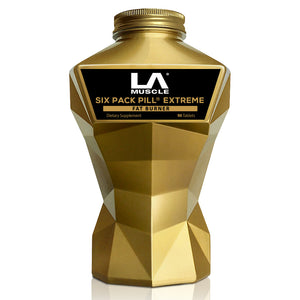
Few cinematic icons have embedded themselves in the cultural zeitgeist as enduringly as Sylvester Stallone's Rocky Balboa. From the streets of Philadelphia to the top of the boxing world, Rocky's journey wasn't just a victory for the character but a testament to Stallone's incredible physical transformation. Behind Rocky’s grit and brawn was Stallone's real-life dedication to a rigorous fitness regimen, one that evolved with each film in the storied franchise. This article delves into the grueling training that shaped not just a character, but a cinematic legacy.
Chapter 1: Setting the Stage - The Rocky Road to Physical Greatness
Sylvester Stallone was no stranger to fitness, but the demands of bringing the "Italian Stallion" to life required a new level of commitment. Stallone's vision for Rocky was clear: a fighter who's raw and real, which meant his physique needed to reflect a boxer's authentic strength rather than a bodybuilder's aesthetic. This vision laid the groundwork for a training program that emphasized stamina, power, and agility.
Chapter 2: The Training Regimen - Blood, Sweat, and Sheer Will
Stallone's training was multifaceted, intense, and relentless, mirroring Rocky's on-screen tenacity. Here's a closer look at the key components:
-
Running: Emulating a boxer's conditioning, Stallone incorporated long-distance running, famously showcased in the training montages where Rocky runs through the streets of Philadelphia. These sessions built the incredible stamina he'd need in the ring.
-
High-Intensity Boxing Training: Stallone trained like a professional boxer, spending countless hours sparring, hitting the bags, and jumping rope. These sessions weren't just for show; they were authentic, hard-hitting workouts that honed his boxing skills and sculpted his physique.
-
Weight Training: To build the muscular physique worthy of a heavyweight champion, Stallone followed a strict regimen that included bench presses, squats, deadlifts, and clean and jerks. However, it wasn't about lifting maximum weights. Stallone often employed higher reps at lower weights - a method that enhanced his muscular endurance.
-
Plyometrics and Core Work: Understanding that boxing wasn't just about the arms, Stallone dedicated time to explosive plyometric workouts and rigorous abdominal exercises. This approach ensured he had the powerful launches and swift movements seen in the ring, along with the ripped core that became a Rocky trademark.
-
Strict Diet: Complementing his physical training was a protein-rich diet, designed to build muscle, aid recovery, and fuel the long and taxing workout sessions. Stallone's intake was disciplined, with little room for cheat meals.
Chapter 3: Evolution with Each Film
With each "Rocky" film, Stallone's training evolved. For "Rocky III," facing the incredibly toned Clubber Lang (Mr. T), Stallone achieved a much leaner, more muscular frame. He adopted elements of bodybuilding to accentuate his musculature, while still maintaining the functional fitness of a boxer. By "Rocky IV," facing the physically imposing Drago (Dolph Lundgren), Stallone's physique was at its peak — his training had become more grueling, with intense sessions sometimes lasting up to three times a day.
Sylvester Stallone's dedication to his physical transformation for the "Rocky" series is a story of art imitating life, or perhaps the other way around. He didn't just play a boxer; he trained like one, fought like one, and, in many ways, became one. Stallone's commitment shows that achieving such a monumental goal requires more than just physical strength; it demands an indomitable spirit, relentless perseverance, and the heart of a champion — proving, in the end, we can all have the "Eye of the Tiger" if we're willing to fight for it.





